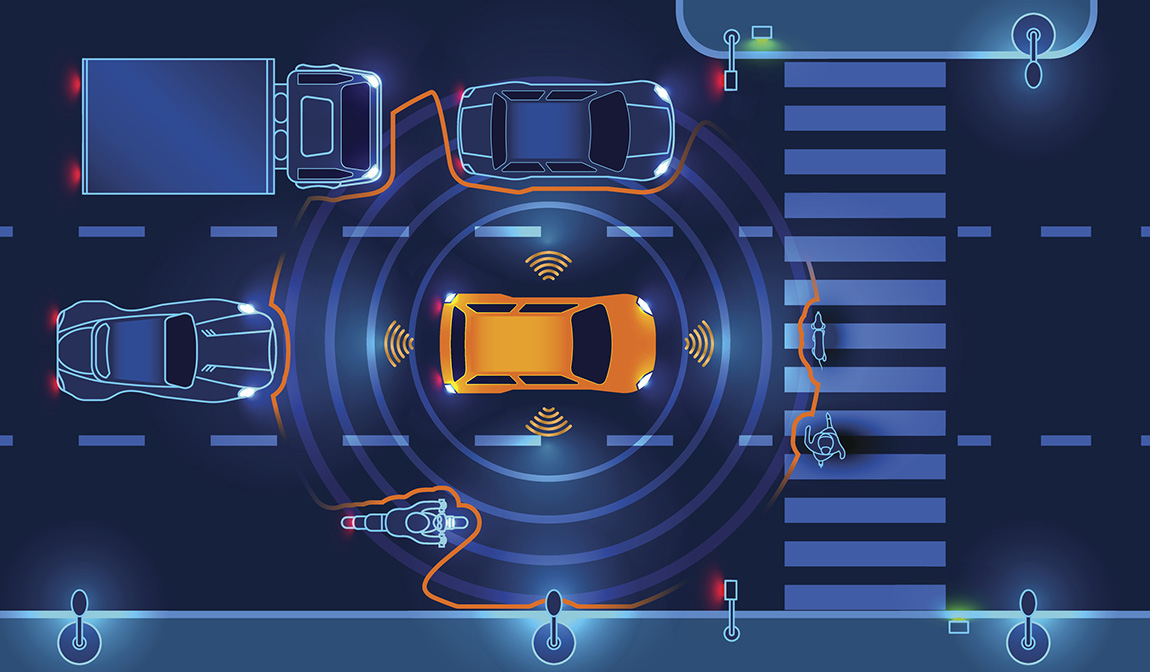The increasing focus of contemporary car users on driving experience and safety has driven the development and widespread application of various advanced electronic systems. These intricate and purpose-designed circuit boards form the backbone of modern automobile systems, ensuring their functionality, reliability, and safety. As automotive technology continues to advance, PCB innovation will remain at the forefront of technology, creating a more intelligent, efficient, and secure future on the road for vehicles.
Automotive PCBA Manufacturer - RichPCBA
In the fast-paced world of automotive technology, precision, reliability, and innovation are the driving forces behind the industry’s growth. At RichPCBA, we understand the crucial role that high-quality PCB play in modern cars. As a leading manufacturer and assembly service provider with a steadfast commitment to excellence, we are here to empower your automotive project., we are your trusted partner in the automotive sector.
● Bare Board Manufacturing
● Value-Added Engineering Services
● PCBA Processing
● Customized Inspection & Quality Control
Importance of Automotive PCB
As autonomous driving technology and the concept of new energy vehicles continue to rise, the automotive PCB market is expanding and moving towards the high end.
Automotive PCB Applications
Automobiles have undergone a transformation from simple mechanical machines to highly complex electronic systems, and this transformation is inseparable from the close integration of PCB technology. With the continuous development of HDI technology and miniaturized SMD components, PCBA boards appear in various corners of automobiles in smaller and more intricate forms. As the central nervous system of automotive electronic systems, PCB facilitates communication and control between various components, meeting the specific customization needs of automobile manufacturers. Examples of some automotive PCB applications include:
● ECM: Modern cars have moved away from traditional engine configurations and now rely on PCB as the core of ECM systems to efficiently optimize engine performance, fuel efficiency, and emissions, driving the automotive industry towards a cleaner and more efficient direction.
● Safety systems: Safety systems include features like full airbag deployment, collision detection, and anti-lock braking systems, demanding high reliability and precision. They must respond quickly when drivers face danger to ensure passenger safety.
● Infotainment systems: In-vehicle infotainment systems provide entertainment and connectivity for passengers, and our PCB plays a crucial role in the seamless operation of touchscreens, audio systems, and navigation devices, enhancing the driving experience.
● BMS: With the rise of electric vehicles (EV), BMS PCB have become crucial. These PCB are used to manage and monitor the performance and health of electric vehicle batteries to ensure safety and longevity.
● ADAS: Features such as lane-keeping assistance and adaptive cruise control rely on PCB for real-time data processing, improving vehicle safety and providing more support and protection to drivers.
Automotive PCB Design Guide
As electronic components drive the increase in automotive parts and features, the demand for various types of PCB in cars is only set to rise. Automotive PCB manufacturers need to provide a wide range of PCB options. Today, printed circuit boards are used to enhance efficiency and safety in various systems and operations, including head and tail LED lights, gearbox control, and comfort control units. You can also find automotive PCB used in the management of engines, entertainment systems, digital displays, radar, GPS, power relay timing systems, rearview mirror control, and more.
| Aspect |
Automotive PCB |
Normal PCB |
| Component Durability |
Designed for robustness and durability to withstand automotive conditions, such as vibrations and temperature variations. |
May not have the same level of durability, as they are not exposed to the same environmental stresses. |
| Extended Temperature Range |
Must operate effectively across a wide temperature range often found in automotive environments. |
Designed for standard temperature ranges and may not have the same extended temperature tolerance. |
| Vibration and Shock Resistance |
Built to endure constant vibrations and shocks associated with vehicle movement. |
Typically not engineered with the same level of vibration and shock resistance. |
| EMI/RFI Shielding |
Require effective shielding to protect sensitive electronics from electromagnetic and radio-frequency interference. |
May not have the same level of EMI/RFI shielding. |
| Compliance with Automotive Standards |
Must adhere to specific automotive safety and quality standards. |
May not be subject to the same automotive industry standards. |

Temperature Extremes
The automotive industry faces a wide range of temperature challenges, with vehicles operating in both extremely hot and cold environments. These temperature extremes can significantly impact the reliability and performance of PCB. Notable examples include the under-hood temperatures in internal combustion engine vehicles and the extreme cold in electric vehicles in northern regions.
Design Solution: To address these temperature challenges in automotive PCB design, it’s essential to start by selecting materials with high glass transition temperature (Tg) values to ensure stability. Strategically implement thermal vias to efficiently dissipate heat, particularly around power components. Consider the temperature profiles within the vehicle’s environment and adjust the layout accordingly. Utilize thermal simulations and conduct thermal cycling tests to validate your design’s performance.
div容器
Vibration and Mechanical Stress:
Vehicles are subject to various levels of vibration and mechanical stress during operation, which can result in solder joint fatigue and other mechanical failures in PCB.
Design Solution: To protect PCB from the challenges posed by vibrations and mechanical stress, it’s essential to prioritize the securement of components through mechanical design solutions such as shock mounts and grommets. Utilize vibration-resistant materials in areas prone to mechanical strain and reinforce the PCB’s structure for enhanced durability. Additionally, it’s crucial to perform comprehensive shock and vibration testing during the design phase to pinpoint vulnerabilities and ensure that your PCB can endure the rigorous conditions of the automotive environment.
Moisture, Chemical and Contaminant Resistance
PCB in vehicles are subjected to moisture, chemicals, and contaminants stemming from road conditions, weather, and maintenance chemicals such as engine fluids and cleaning agents.
Design Solution: To safeguard your PCB against the risks posed by moisture, chemicals, and contaminants, it is advisable to integrate features like conformal coatings, gaskets, and seals into your design. Opt for materials with robust chemical resistance to endure exposure to automotive fluids and cleaning agents effectively. Moreover, implement drainage and venting strategies to prevent the accumulation of moisture, and take the ingress protection (IP) rating into account when designing enclosures. By incorporating these measures, your PCB will maintain their resilience and reliability when confronted with the challenging conditions of the automotive environment.
IATF 16949 & Automotive PCB
For certain industries, PCB manufacturers are required to provide specific industry certifications. For example, medical PCB require manufacturers to provide ISO 13485 certification, while automotive PCBs necessitate IATF 16949 certification.
IATF 16949 is the automotive industry quality management system standard published by the International Automotive Task Force (IATF). It is a quality management standard specific to the automotive industry, encompasses a range of requirements covering quality management, design and development, production, safety, and more, aimed at standardizing and improving the quality management systems of automotive manufacturers and their suppliers.
IATF 16949 replaces the previous ISO/TS 16949 standard and, in conjunction with ISO 9001, provides more rigorous quality management system requirements for automotive manufacturers and component suppliers. The purpose of this standard is to ensure consistency in product quality and safety in the automotive industry, reduce defects and variations, lower risks, and enhance the transparency and reliability of the supply chain.
At RichPCBA, we deeply understand the critical importance of IATF 16949 in the automotive electronics industry. We are fully committed to adhering to the rules and principles of this standard. Our commitment to IATF 16949 compliance is reflected in our processes, quality control measures, and the following practices:
● Quality Assurance: Every step in the production of automotive PCBA adheres to the highest standards of IATF 16949.
● Continuous Development: We maintain a culture of continuous improvement, regularly reviewing and enhancing our processes to meet and exceed the requirements of IATF 16949.
● Supply Chain: We collaborate with major, well-known brands and ensure they also comply with the IATF 16949 standard, providing a consistent level of quality for all components used in PCB assembly services.
● Customer Satisfaction: Putting the customer at the center and achieving mutual success is at the core of our operations. We prioritize and fulfill all customer needs.



